- NEW DVD Series – Stone Setting with Bezels
- Tube Set Charm by Kim St. Jean
- Prong Basket Pendant by Kim St. Jean
- NEW DVD Series – Stone Setting with Cold Connections
- New DVD Series – Stone Setting with Wire
- NEW DVD Series: Introduction to Stone Setting by Kim St. Jean
- Featured Tool: Bracelet Bending Plier
- NEW Dvd by Eva Sherman
- Fun, Fast Fold Forming DVD Series
- Double Band Ear Cuff from Alex Simkin
Wire Working Basics
by Judy Ellis, Wire-Sculpture.com
Wire Jewelry Tip June 13, 2014
Wire Working Basics
Since we all have to start somewhere, today I thought I would start at the beginning… the beginning of tools. For those just geting started in the art of wire-wrapping, etc, I know it can be overwhelming. It’s s nice to have a few simple “basics” to refer to. So, today we are talking about “wire-working” tool basics along with some helpful hints.
The basic tools that you need to get started making wire jewelry are easy to find. In general, it is always better to buy the best wire working tools that you can afford. Quality tools will be easier on your hands and will last longer. And tools that feel better in your hands when you’re working with them will make your time spent making wire jewelry more enjoyable!
Basic Tool Types and Purposes:
- Wire Cutters Also known as flush cutters, these are required for making clean cuts of different sizes and types of wire. Most cutters have a flat side for smooth cuts and an angled side for making sharper cuts.
- Round-Nose Pliers Round-nose pliers are perfect for creating even, round loops. The jaws of these wire working pliers should be smooth and come to a tapered point.
- Flat-Nose Pliers These pliers are used for gripping wire while working it into shape. The jaws of flat-nose pliers are flat and broad and come to a somewhat tapered point. These pliers are also handy for pulling Viking knit chain through a draw plate.
- Chain-Nose Pliers These wire working pliers are a combination of round-nose and flat-nose pliers. The jaws are rounded on the outside and flat on the inside, coming to a tapered point. These pliers are helpful for crimping down the ends of wrapped wire and for grasping wire in tight spaces.
- Wire StraightenersAlso called wire smoothers, these are broad, nylon-jawed pliers that are used to smooth or straighten wire that has come off of a spool.
Basic Tools for Making Wire Jewelry Findings:
If you want to make your own wire jewelry findings (and why not?) you’ll need a few additional tools.
- Wire Hammer A nylon wire hammer is very useful for flattening wire without marring the surface. Hammering your finished wire components is also a good way to work-harden them and prevent them from losing their shape.
- Small Anvil or Steel Bench BlockThese tools provide a firm surface for hammering and work-hardening your wire jewelry findings and components. You can also find bench blocks made of nylon and with a rubber base for absorbing shock and noise.
- Mandrels A mandrel is used for making consistent, evenly-sized loops in your wire that you can nip off into perfect jump rings. If you don’t want to purchase a wire jewelry making mandrel, you can just use a smooth knitting needle, pencil, or wooden dowel.
Wire Basics – Wire Gauge
Wire comes in different gauges, or thicknesses, which are noted as numbers. When figuring out wire thickness, a smaller number is assigned to a thicker wire. A 16 gauge wire will be much thicker than a 28 gauge wire.
For more information about gauges – we have a great tip on our blog! Click Here to read it!
Wire Hardness:
Wire also comes in different hardness. This refers to the ease with which the wire can be shaped and its ability to retain this shape under stress.
- A dead-soft wire is easily bent with your fingers and can be manipulated after shaping.
- A full-hard wire usually requires the help of jewelry making pliers and will retain its shape under stress. You can always work-harden your wire components and findings by tumbling them after you’ve finished them.
Take a look at this great tip on our Blog that will give you more info about Wire Hardness and Temper.
Wire Shape:
Wire comes in three basic shapes: round, half-round and square. You can tell which shape of wire you are using by looking at a cross-section of wire. A round wire will look like a circle. Half-round will resemble a half moon. And square wire will resemble a square.
You can also find twisted wire that has lovely little grooves worked into it as well as patterened wire with floral and geometric patterns.
To read more about Wire Shape and how to pick the perfect one for your projects – Click Here!
7 Helpful Hints for Working with Wire.
- Practice on craft wire. Perfect your wire jewelry-making techniques and skills by using low-cost aluminum or brass craft wire. Craft wire comes in a wide variety of colors and sizes and costs much less than precious metal wire.
- Choose box joint pliers. Box joints maintain the alignment of the pliers’ jaws, even under stress.
- Work directly from the spool. When using precious metal wire (after you’ve practiced on craft wire), work right off the spool of wire to avoid wasting any.
- Protect your eyes. When snipping wire, hold your non-dominant hand over the blades to keep small pieces from flying toward your face.
- Keep that sterling silver wire shining! Silver tarnishes from humidity in the air. To help keep your silver from tarnishing, keep your wire in plastic bags and add a small silica/desiccant package that often comes with new shoes and handbags.
- Prevent nicks in your wire jewelry findings. To prevent nicks and mars on your wire, cover your metal-jawed pliers with bandage tape or dip them into a protective liquid plastic.
- Use the right tool for the job. Don’t use your regular wire cutters for cutting memory wire. Because memory wire is so hard, you’ll want to invest in a pair of special heavy-weight cutters just for your memory wire projects.
Now that you have the basics, are you ready to get started? You can find a complete “Ultimate Tool List” in our Resource Center. Many of the tools we talked about are listed here. .
If you’d like to learn how to do more extensive wire work, take a look at our selection of Wire Jewelry Books and Instructional DVDS. We have many plenty choose from.
Happy Wrapping!
![]()
Do you love this information- why not sign up today for your FREE Jewelry Making Patterns. It’s a great place to start!
Click to Receive Daily Tips by Email





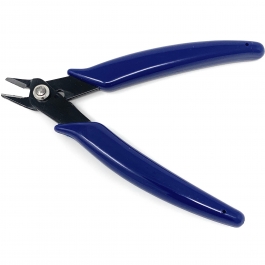
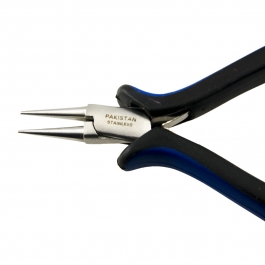
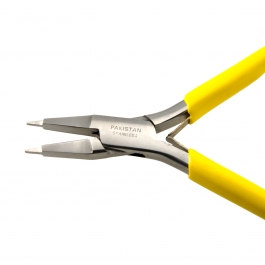


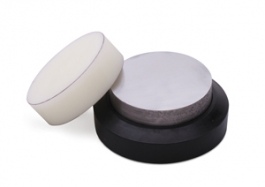
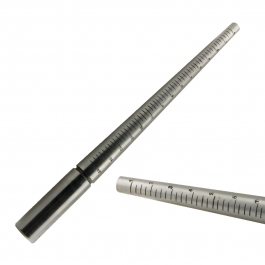

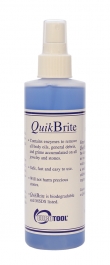
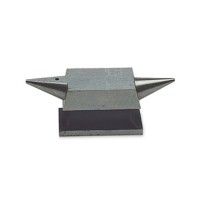
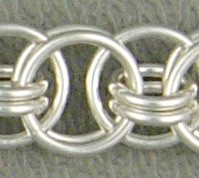
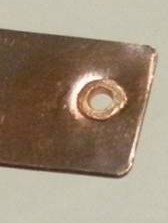















Linda
June 13, 2014 at 5:01 pm
In your discussion of wire, it would be helpful if you mentioned stainless steel and the ramifications to your tools. I have, and do, use stainless steel headpins on occasion. It’s difficult to find flush cutters for stainless steel and would appreciate your recommendations.
Albina Manning
July 4, 2014 at 9:33 pm
To cut stainless steel wire use Memory Wire Cutters http://www.wire-sculpture.com/jewelry-wire-cutters/Memory_Wire_Cutters_Pack_of_1-3381-690.html
beverly
June 17, 2014 at 8:25 pm
I don\’t think you can find any jewelry flush cutters as they will all be damaged by the steel. Try using wire cutters for construction uses. I use a cutter designed for fencing when I come across a tough wire that I don\’t want to damage my jewelry cutters on. Hope this helps. BeBeaz